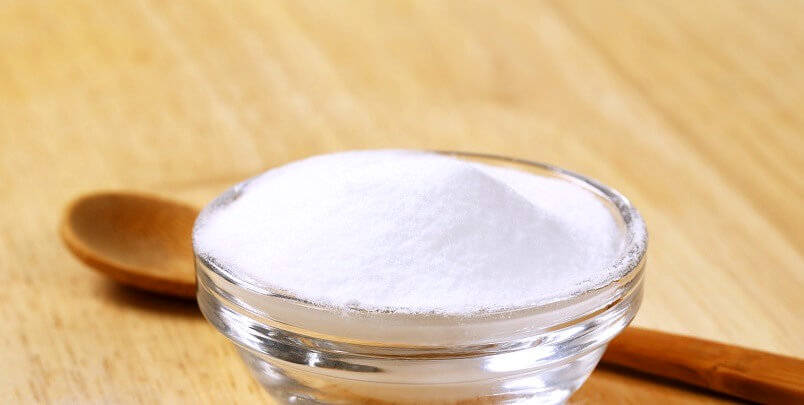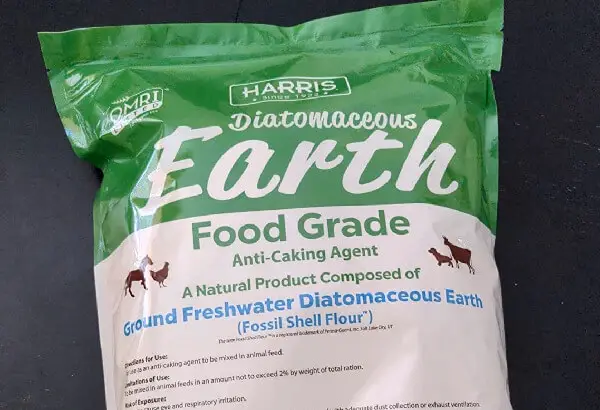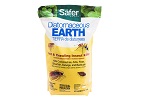Zeolite vs Diatomaceous Earth

Zeolite and Diatomaceous Earth (DE) are two naturally occurring, silica-based materials with diverse applications in various fields. This article contrasts Zeolite’s complex, aluminosilicate structure with DE’s unique fossilized remains, highlighting their unique properties, uses, safety, environmental impacts, and cost-effectiveness to help guide your choice between these versatile substances.
Diatomaceous Earth Vs Zeolite Table
Use this table to understand the most popular detoxification methods comprehensively.
Zeolite | Diatomaceous Earth |
Active ingredients Clinoptilolite: 90-92% | Amorphous Silica: 100% |
100% natural volcanic mineral capture and eliminate toxins and harmful substances. | 100% organic and certified by the Organic Minerals Review Institute. |
It has number of industrial, agricultural, and medical uses. | Ideal Internal Cleaner Because of It Naturally Absorbent and Abrasive Nature |
Popular Choices For Detoxification | Popular Choices For Detoxification |
Recommended to use wooden or ceramic spoon or plastic spoon | Only official health supplement-grade diatomaceous earth in the USA. |
Zeolite has a strong negative charge | It is safe for both human and pet consumption, with no additives. |
It Removes Toxins Like as Heavy Metals, Radiation, and Pesticides as a Megnet. | You can take one teaspoon of food grade diatomaceous earth |
It Can Help You to Clear Heavy Metals, Environmental Toxins, Mold, Radioactive Materials and Other Toxin From Our Body | Can be used for various applications, including as a health supplement, a stain remover, a natural deodorizer, and a cleaning booster. |
Natural Origin
Both Zeolite and DE are naturally occurring substances. DE is made up of fossilized remains of diatoms, while Zeolite is a mineral that often contains aluminum, silicon, and oxygen.
Sources
DE deposits can come from both fresh and saltwater sources. Freshwater-derived DE is considered food-grade by the US Department of Agriculture, meeting specific regulations regarding heavy metal content.
Zeolites, while they occur naturally, can also be manufactured to create a product with a specific chemical makeup and function. There are over 50 types of natural Zeolite and over 100 synthetic varieties, each with different functions and sizes.
Uses
DE has various uses, including as a natural insecticide, an anti-caking agent in food and feed, and as a natural filter due to its high porosity. Zeolites have a wide range of uses, including in animal feed, as molecular sieves, and in waste treatment due to their high ion exchange capacity.

They are also used in laundry detergents and water softeners, in agriculture as soil conditioners, and as carriers of herbicides, pesticides, and fungicides due to their high ion exchange and adsorption capacities.
Safety
Only food-grade DE should be used in animal feed and as an insecticide, as it meets strict regulations regarding heavy metal and crystalline silica content.
The selection of the Zeolite type is crucial, as some forms, like erionite and some mordenite, have fibrous nature and could be classified as asbestos-like materials. Also, finely ground Zeolite products may contain more than 0.1% crystalline silica.
Human Health Benefits
Some studies suggest that DE and Zeolite could have potential human health benefits. For example, food-grade DE is sometimes consumed by people for its supposed ability to help with digestive issues.
Although more research is needed to confirm these claims. On the other hand, Zeolite has been studied for its potential to remove toxins from the human body.
Chemical Composition
Diatomaceous Earth (DE) and Zeolite are both silica-based materials, but their compositions and structures differ significantly. DE is derived from the fossilized remains of diatoms, microscopic marine organisms whose skeletons are composed of a natural type of silica. This gives DE its unique porous and abrasive properties, allowing it to have a range of uses from filtration to pest control.

On the contrary, Zeolites are crystalline structures that contain hydrated aluminosilicates, often with aluminum atoms integrated into their framework. The result is a set of complex, cage-like structures that allow Zeolites to act as sieves or filters at the molecular level, enabling various applications.
Insecticide Properties
Both DE and Zeolite have demonstrated insecticidal properties, although they function differently. DE’s microscopic sharp particles can penetrate the protective exoskeleton of insects, causing them to dehydrate and die.
Zeolite, in contrast, is primarily used as a pesticide carrier due to its high adsorption capacity. Its porous structure can trap and slowly release pesticides, enhancing the effectiveness of these substances.
Industrial Uses
DE and Zeolite both find widespread use in various industrial sectors. They are used in filtration systems due to their high porosity and large surface areas, effectively filtering out impurities from fluids.
They also control odor, absorbing unpleasant smells due to their large surface areas and porous structures. Moreover, they can function as soil conditioners, improving soil water retention and nutrient availability and enhancing plant growth.
Environmental Impact
As naturally occurring substances, DE and Zeolite generally have lesser environmental impacts compared to synthetic chemicals when used in similar applications.
This is because they degrade naturally and don’t leave harmful residues. They can contribute to eco-friendly pest control and water treatment solutions, offering a sustainable alternative to more harmful synthetic chemicals.
Cost-effectiveness
Due to their versatile properties and widespread natural availability, DE and Zeolite offer cost-effective solutions in many areas. Their uses range from simple domestic applications, such as pest control, odor removal, water filtration, and waste treatment.
The cost-effectiveness of these materials is enhanced by their multi-functionality, reducing the need for multiple different substances or processes.
Heavy Metal Adsorption
One of the key characteristics of both DE and Zeolite is their ability to adsorb heavy metals. This is due to their large surface areas and high porosity, making them beneficial in waste treatment processes.
By adsorbing heavy metals, they can effectively remove these potentially harmful substances from wastewater and other waste materials, improving the safety and sustainability of waste disposal and treatment.
Our Observation
Diatomaceous Earth (DE) and Zeolite have unique properties and applications, contributing to their advantages. DE’s high porosity, abrasive properties, and minimal heavy metal content make it superior as a natural insecticide and in filtration processes. Meanwhile,
Zeolite’s complex aluminosilicate structure and high ion exchange capacity make it an exceptional molecular sieve, pesticide carrier, and soil conditioner. Furthermore, it can efficiently remove toxins from the human body.
However, both have potential health risks if improperly used, particularly the risk of crystalline silica inhalation. The choice between DE and Zeolite would largely depend on the specific need. DE seems to be the better choice for pest control, filtration, and certain human health applications.
On the other hand, for soil conditioning, toxin removal, and in carrying and releasing substances slowly, Zeolite seems to be more advantageous. Both substances are cost-effective and eco-friendly, making them an excellent choice in a variety of applications.
Related Article

James E. Butkovich, Pest control maven with a knack for eco-friendly & Chemical solutions. Blogger with a mission to make homes pest-free, one post at a time.

